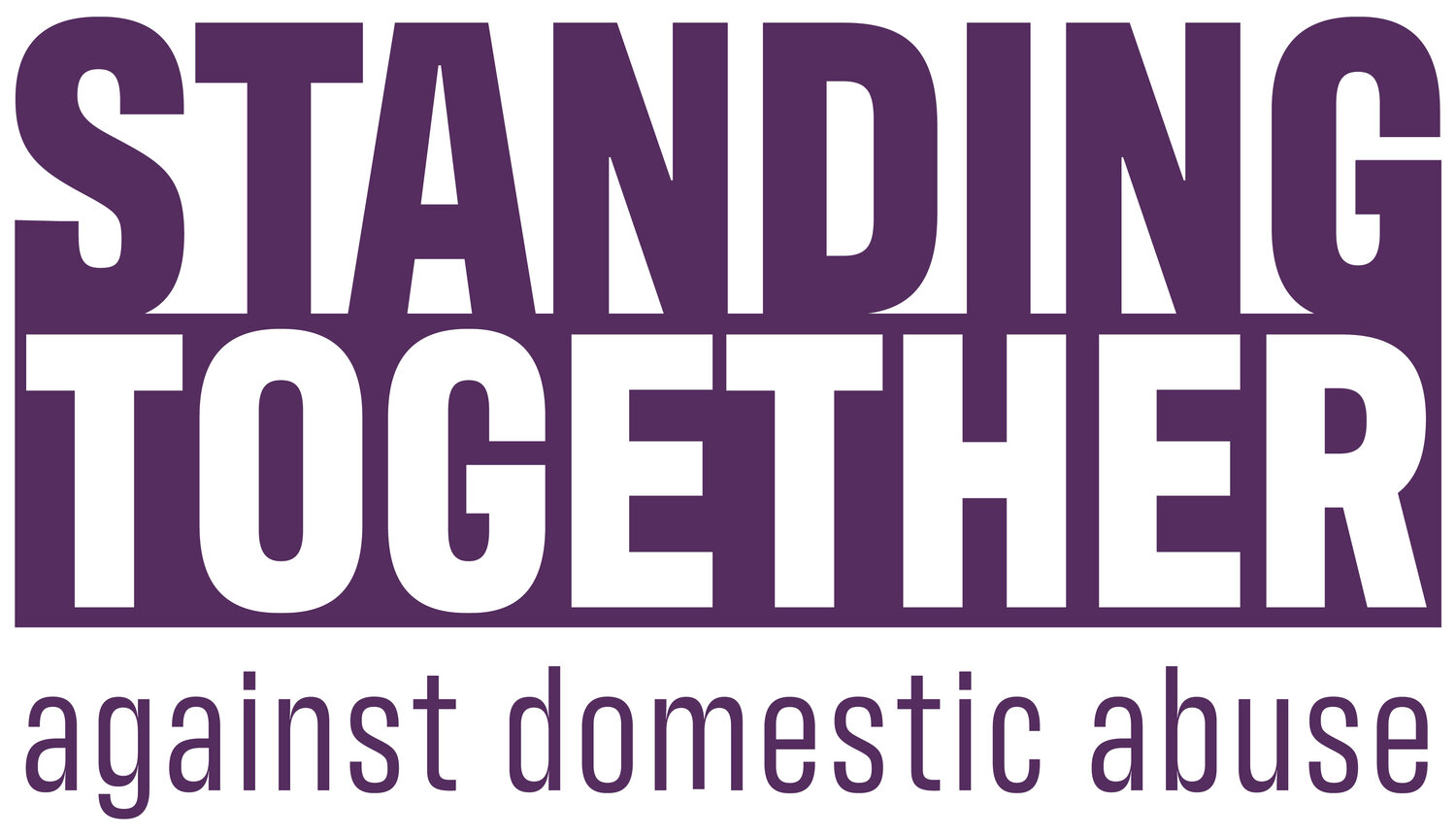A System in Crisis: A Sustainable and United Response to Ending Violence Against Women and Girls
The National Audit Office’s (NAO) report on Tackling Violence Against Women and Girls (VAWG) exposes a system in disarray. Despite the introduction of the 2021 VAWG Strategy and the 2022 Domestic Abuse Plan, progress remains alarmingly inadequate. One in four women will experience sexual assault or an attempted assault in their lifetime, and one in 12 women fall victim to VAWG-related offences every year.
The NAO’s findings paints a stark picture of what victims experience: a fragmented response, chronic underfunding, and a lack of cross-government coordination have left victims unsupported and perpetrators unchallenged. This is not just a policy failure—it is a systemic failure.
We cannot afford to continue with short-term, reactionary approaches. If we are serious about tackling VAWG, we can and must do better. This requires a long-term, sustainable funding model, coordinated leadership, and a fully trained workforce that understands its legal duties.
Cherryl Henry-Leach, CEO of Standing Together shares,
We cannot keep reacting to violence against women and girls as if it is inevitable or the norm. This requires urgent, systemic, and sustained action. Without long-term investment, we will be having the same conversation in ten years, with more lives lost and more families shattered. The government must take leadership and match its words with funding that delivers real change and enables them to achieve their own ambition, namely, to halve VAWG in a decade."
Key Findings from the NAO Report:
Lack of Leadership and Coordination
There is no unified vision across government, with 13 departments involved but no effective mechanism to align their efforts.
The ministerial oversight group responsible for VAWG met only four times in three years, suggesting a lack of prioritisation.
2. Chronic Underfunding and Misaligned Resources
The Home Office underspent its VAWG budget by 15% between 2021-22 and 2023-24.
Other departments spent at least £979 million on VAWG in this period, yet there was no joint spending review to ensure resources were used effectively.
3. Failure to Prioritise Prevention
Efforts remain disproportionately focused on victim support rather than prevention.
The Department for Education spent just £0.5 million on VAWG initiatives, with minimal investment in educating boys and young men about healthy relationships.
4. Workforce Training and Duty to Collaborate Gaps
Too many public services lack the specialist knowledge to recognise and respond to VAWG effectively.
The Duty to Collaborate, introduced under the Domestic Abuse Act 2021, has yet to be properly enforced, leaving frontline professionals without the guidance and support they need.
Mandatory, accredited VAWG training must be rolled out across police, healthcare, and social care sectors to ensure professionals understand their responsibilities and can act decisively.
STADA’s Recommendations: A Sustainable, Cross-Government Approach
1. Establish Coordinated LeadershipThe Cabinet Office must take the lead in driving a cross-government response to VAWG, ensuring departments work collaboratively rather than in silos.
2. Implement Long-Term, Sustainable Funding
A multi-year funding model should be introduced to prevent frontline services from relying on short-term, piecemeal grants.
3. Enforce the Duty to Collaborate
All statutory services must be held accountable for working together effectively under the Duty to Collaborate, ensuring a joined-up response to VAWG.
4. Roll Out Mandatory Training Across Public Services
The government must invest in accredited VAWG training for police, healthcare professionals, and social workers, embedding a survivor-centred, trauma-informed approach.
5. Invest in Prevention and Education
A national public awareness campaign should be launched to shift societal attitudes and prevent VAWG before it happens.
The NAO’s report underscores a critical truth: violence against women and girls is not inevitable—it is a preventable issue that requires strategic, long-term investment.
With commitment, leadership, and sustained investment, we can create a future where women and girls no longer live in fear.
" The cost of inaction is too high. We need more than promises—we need a government that leads, funds, and delivers real and sustainable change that is meaningful for victims. We cannot look back in a decade and wonder why we failed. The time to act is now.” – Cherryl Henry-Leach, CEO, Standing Together
